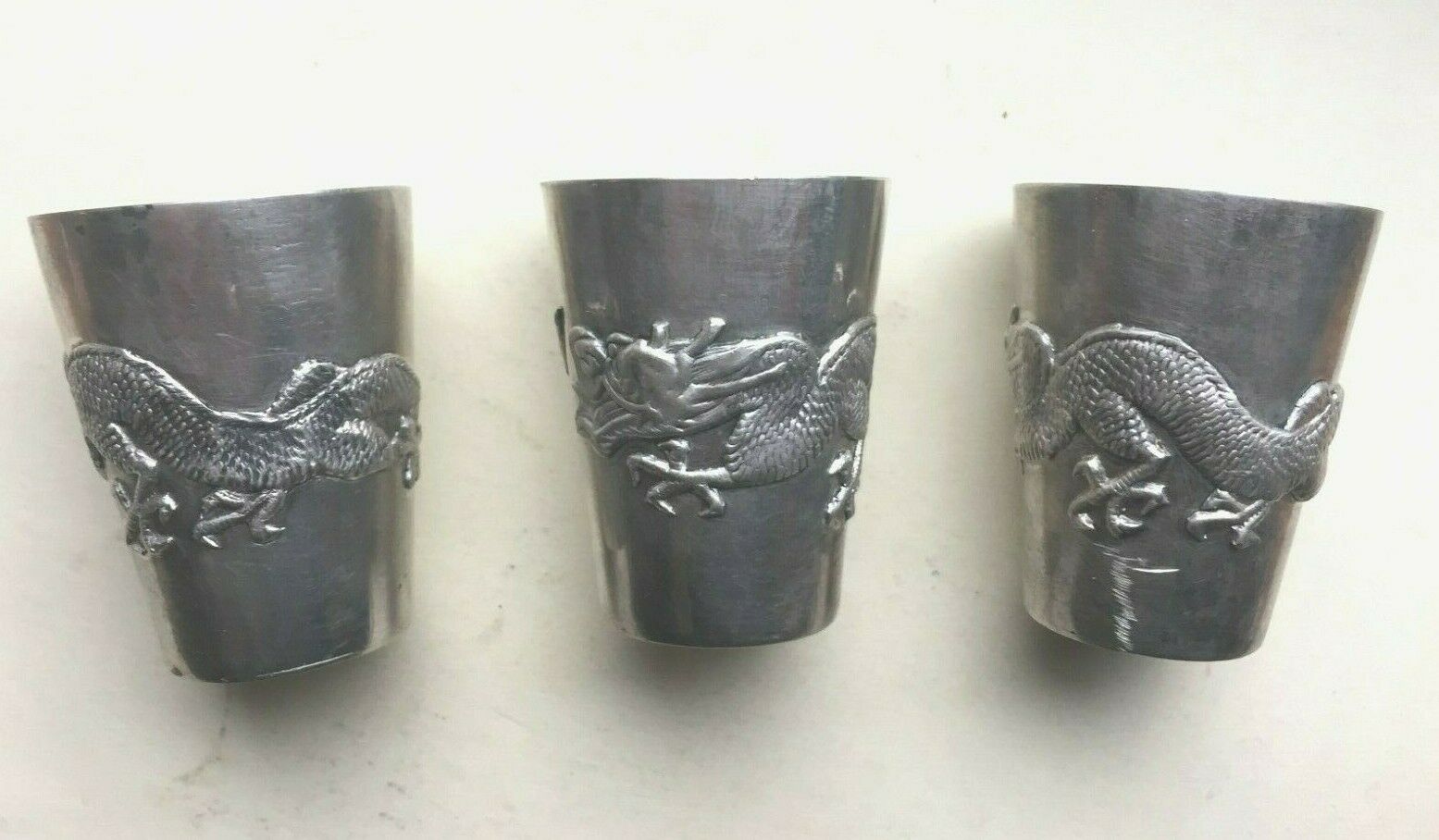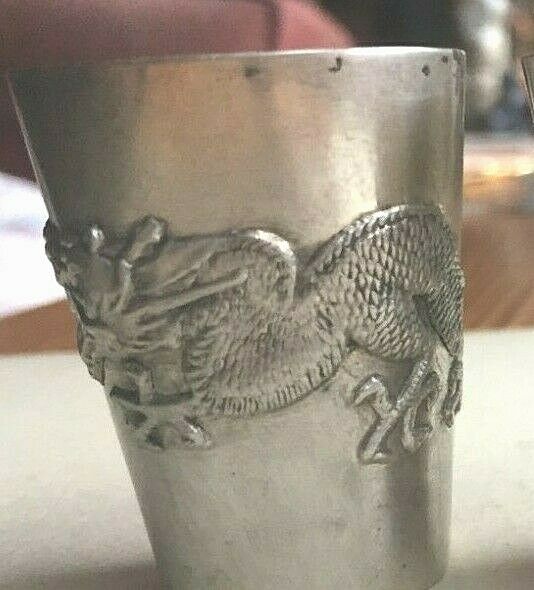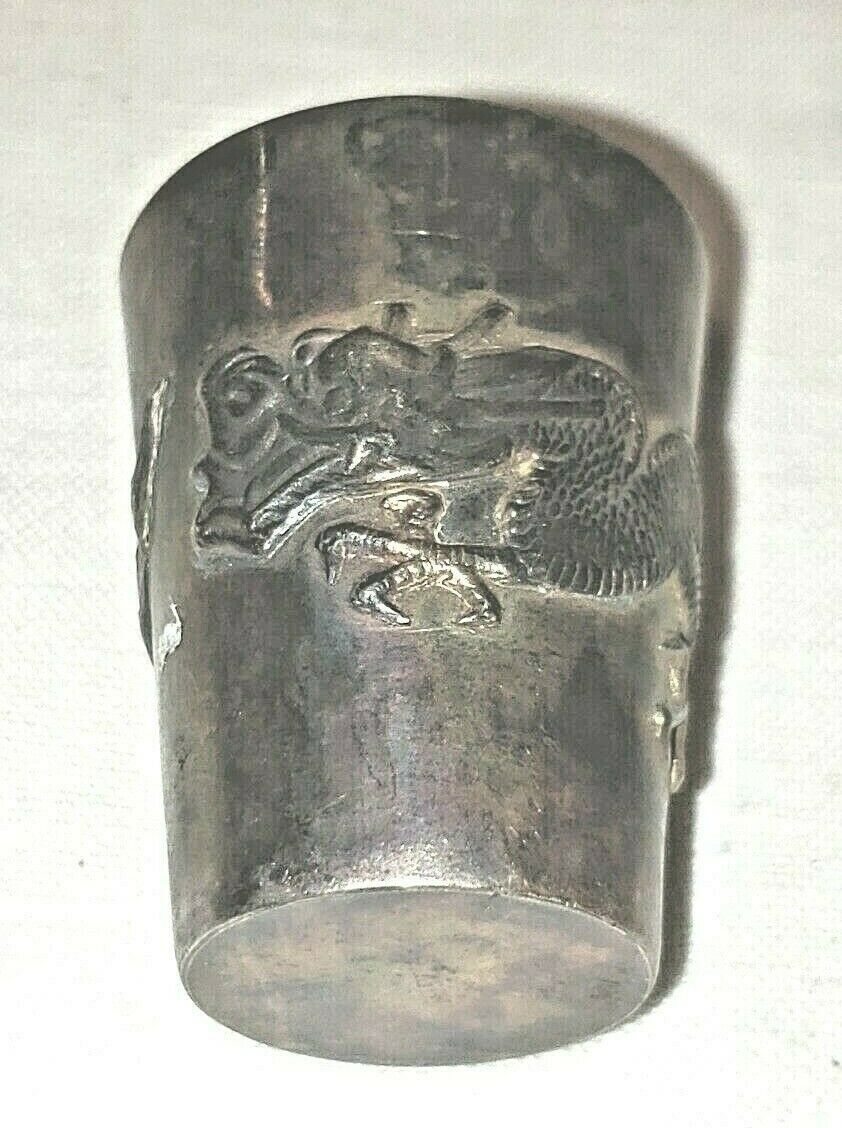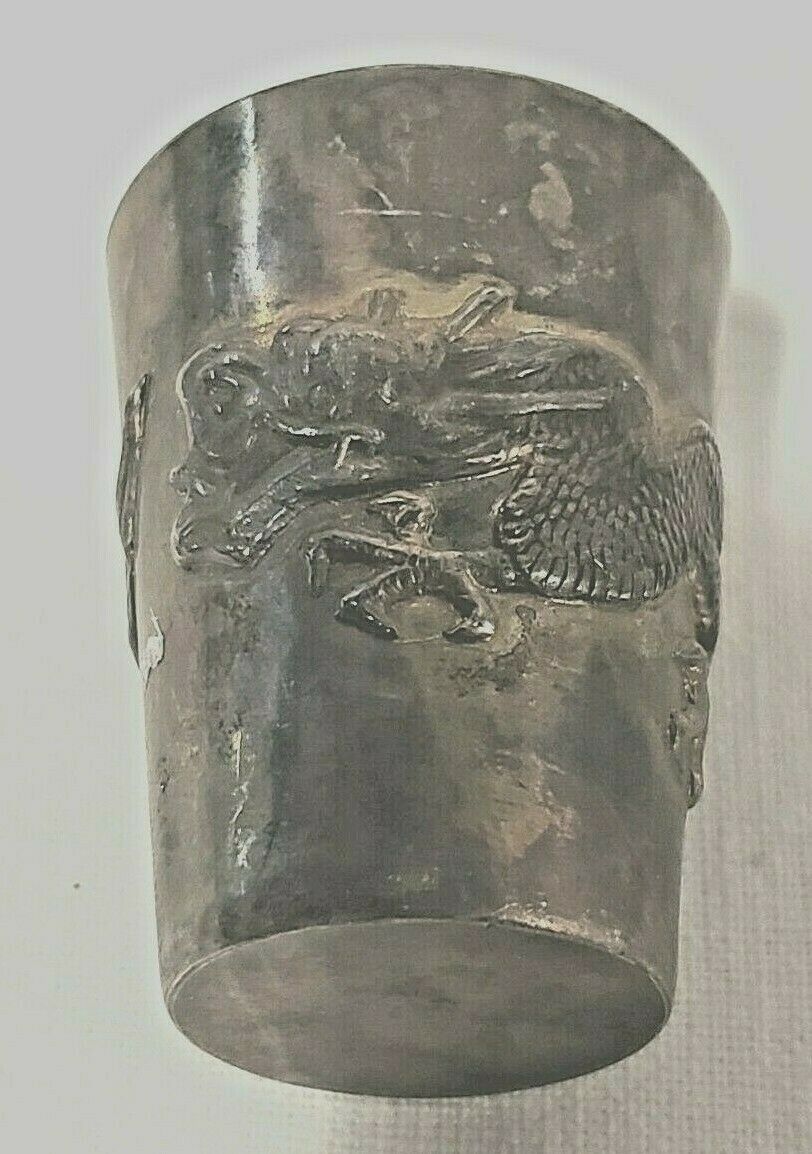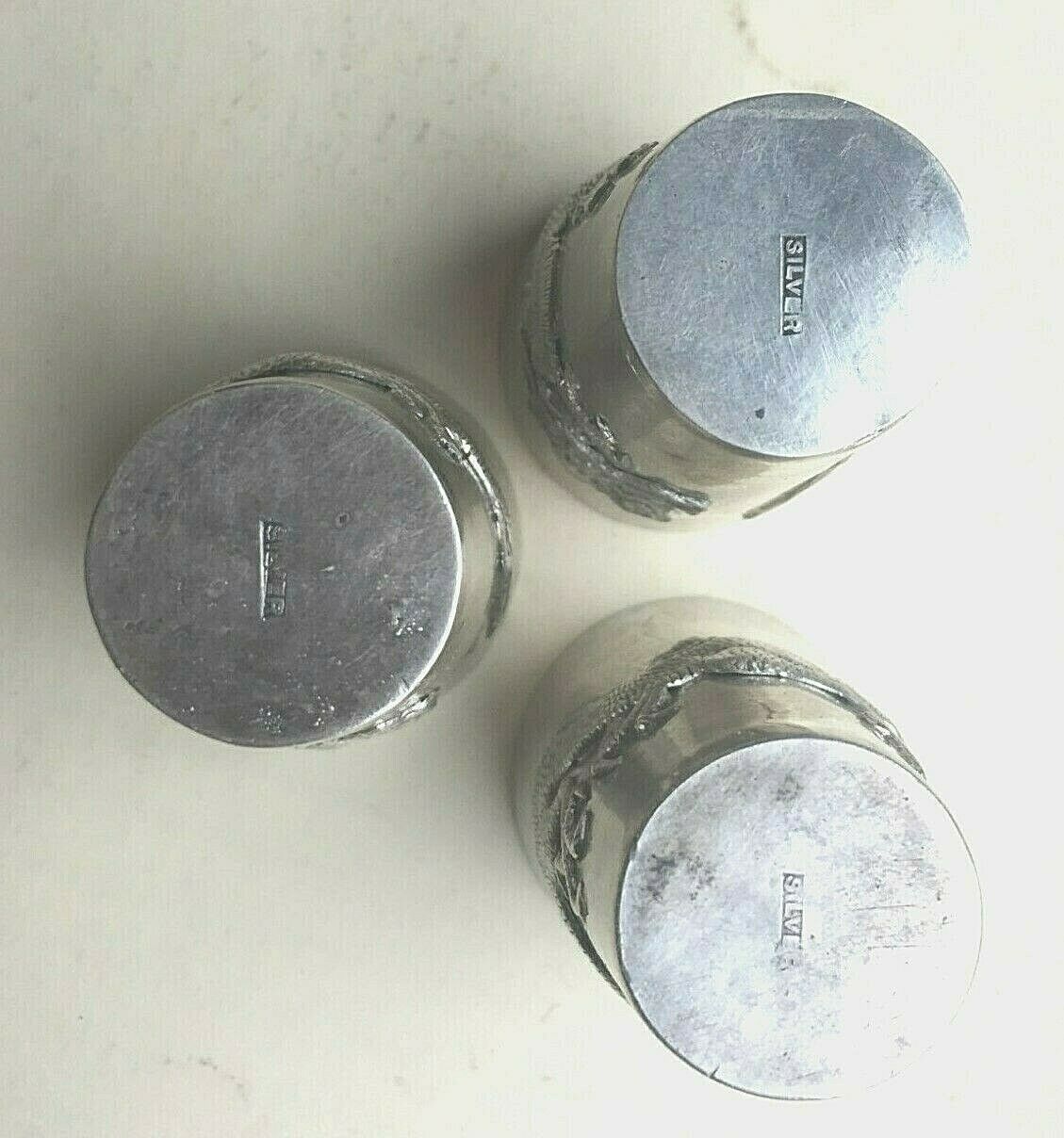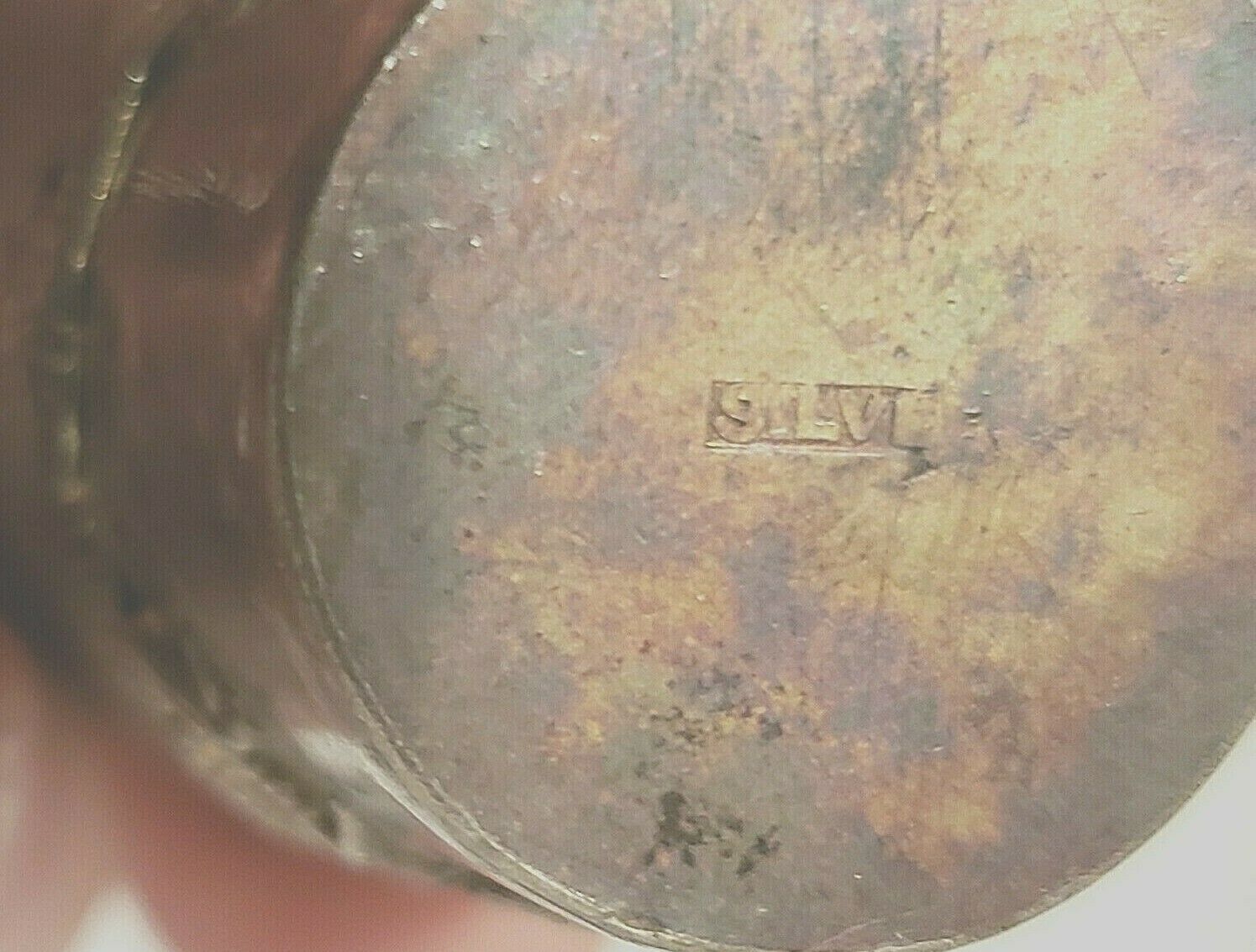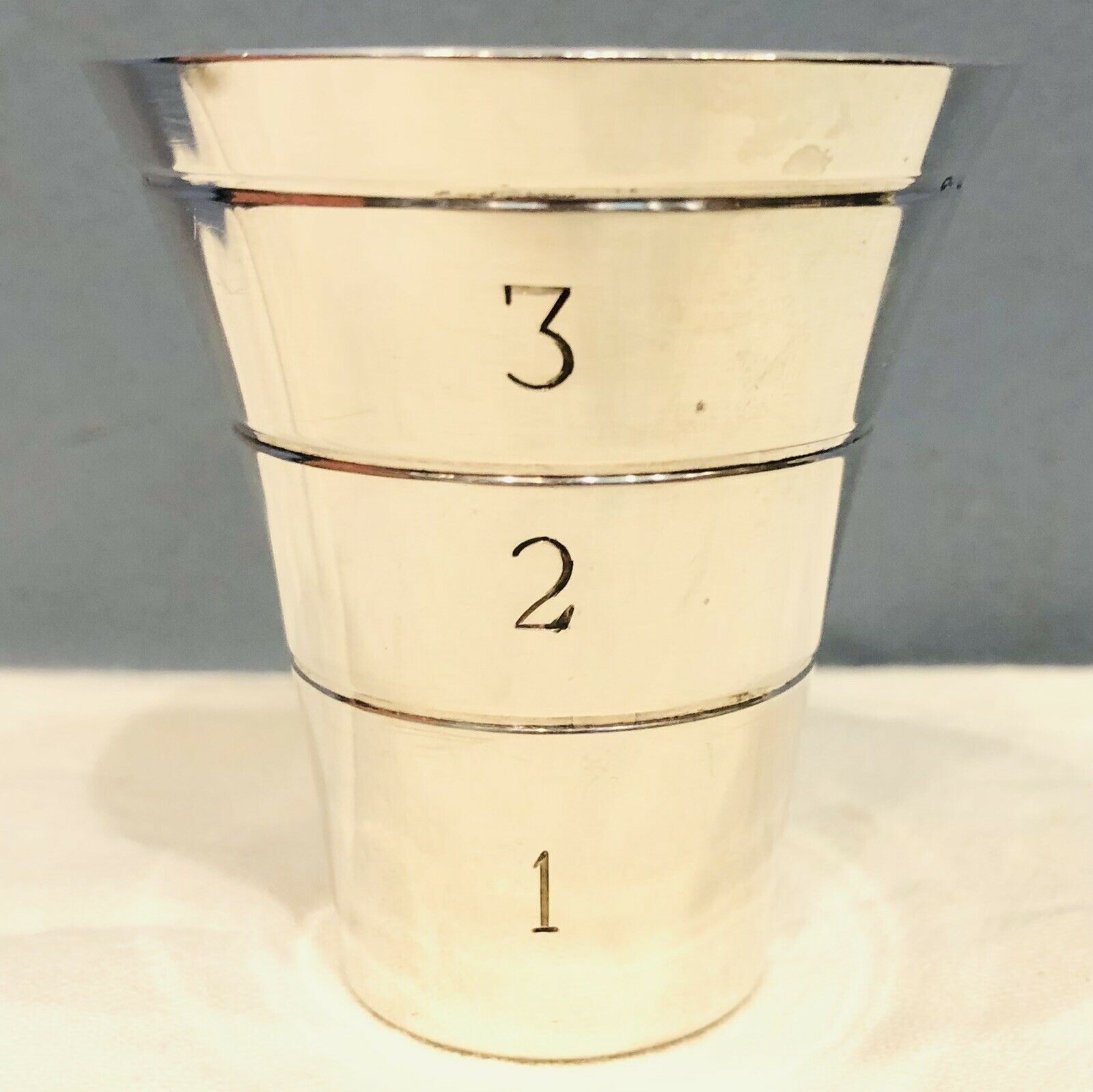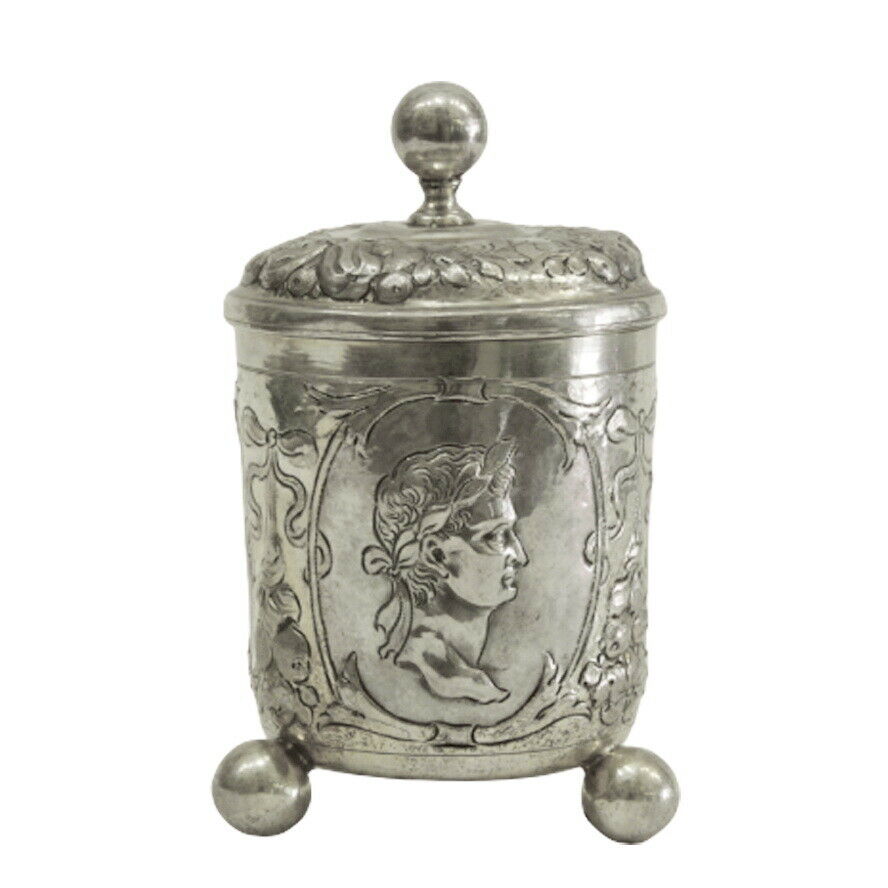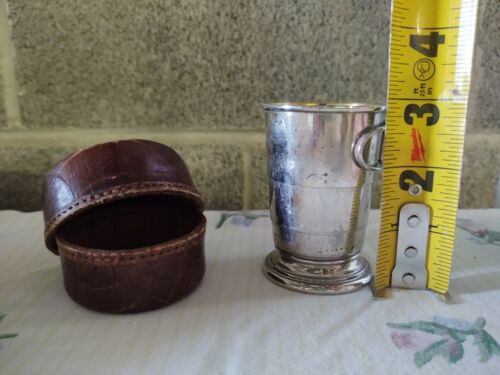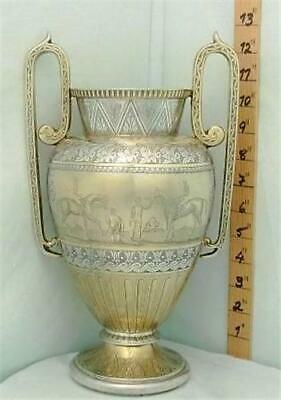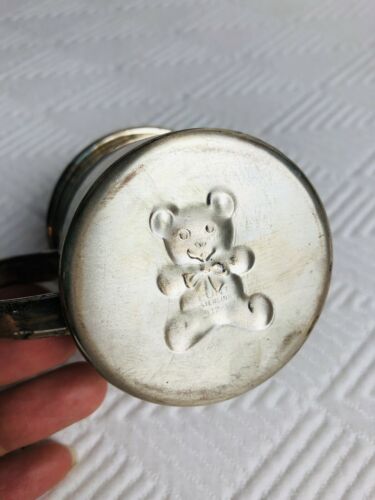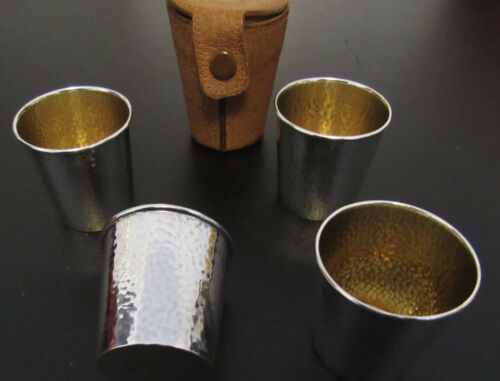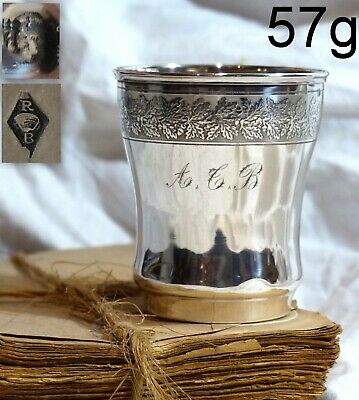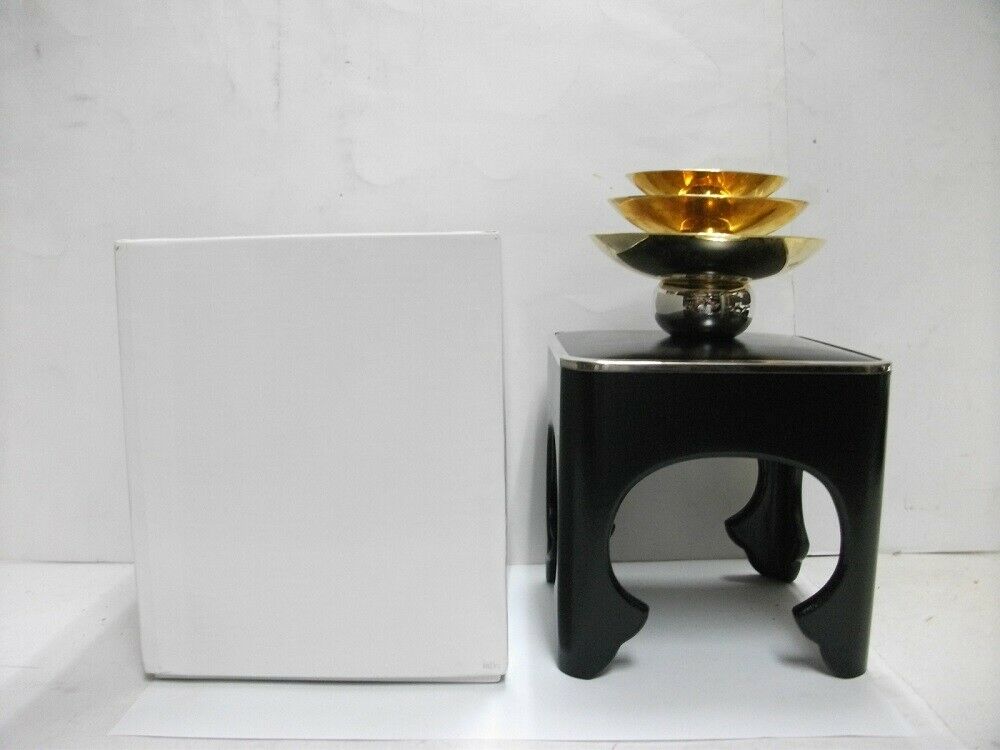-40%
Three (3) Vintage Chinese Export Silver Baijiu Cups. Dragon motif in Relief.
$ 211.19
- Description
- Size Guide
Description
Three (3) matched antique Chinese export market sterling silver Baijiu cups. Marked "SILVER"Dragon motif, in deep relief, superbly crafted and sculpted. These are small cups (2" tall x 1.25" wide at the lip), with a sturdy heavy gauge thickness.
Baijiu is a traditional Chinese alcoholic beverage, often for celebratory purposes. Every home of a wealthy family would have these cups, including a favorite and beautiful set of silver cups to serve Baijiu to special guests. The original set likely had eight (8) cups, as this number was an omen of prosperity.
All in fine condition, with no dings or dents. Some normal surface wear, and with a deep oxide patina. Some prefer the tarnished look to preserve a traditional appearance, but they are also capable of being polished to their original silver brightness. You buy, you decide.
Be well.
-------------------------------
From Wikipedia.
Just as Chinese potters produced "export porcelain"
for Western consumers,
Chinese silversmiths of the 19th century also created elaborately-decorated "export silver" objects for international clients. These pieces were originally made in European styles; however, when Europeans acquired more of a taste for traditional Asian artistry, the Chinese artisans added motifs such as the dragon, flowers, bamboo and scenes of life at the Chinese court.
During the early export period, Chinese silversmiths copied British silver
hallmarks
to indicate superior quality and high silver content. As a result,
Chinese export silver before 1850 is not easy to identify, and may readily be confused with silver made in England or America. The stamped mark "SILVER" was a later adaptation (mid-to-late 19th century) to affirm the silver content to western buyers. And stamps that indicate the place of manufacture (e. g., Chengtu or Bochan) came later. So, while the precise age of this set is difficult to pin down, it is most likely between 1850 and 1950.
